LEARN ABOUT THE URBAN FOREST NETWORK
Urban forests are a natural oasis that allow us to escape the city. They depend on you to conserve their health, variety of species, and natural beauty. Here’s a list of basic recommendations when visiting these and other natural areas, based on the Leave No Trace principles from the Center for Outdoors Ethics.
- Prepare for your type of visit. Bring snacks and water (use reusable bottles).
- Don’t leave trash. Take it with you.
- Review and study the rules of the forest you are visiting. For example, some forests don’t allow pets.
- Stay on the designated path to avoid getting lost or disrupting the vegetation and animal habitats.
- Leave plants, rocks, and other natural objects where you found them. Take pictures or just observe.
- Be courteous and considerate of the other guests; give way to other hikers on the trail.
- Watch out for wildlife and keep your distance from birds. Don’t get close or interrupt them.
- Never feed animals that you may see. It can affect their health and natural behavior.
- The sounds of nature are beautiful! Avoid loud and unnecessary noise.
To learn more about Leave No Trace, click here.
Urban forests are natural areas in urban settings. They come in different forms and sizes: urban parks, wooded streets, gardens, riparian and coastal systems, wetlands, and natural reserves. These green areas offer multiple benefits to our ecosystem: they improve water quality, help mitigate floods, improve the quality of the air, contribute to urban biodiversity, provide raw material (such as medicine, fuel, and food), act as a barrier of light and noise, and their roots strengthen the soil. The Estuario de la Bahía de San Juan basin is 67% urbanized, which is why we have to safeguard and contribute to the ecological integrity of wooded areas in the basin. The green areas of the metropolitan area are ideal for the following types of activities:
- Education: Formal or informal (interpretative tours, workshops)
- Recreation: For enjoyment (kayak, climbing, camping, walking)
- Research: Contribute to the academic development of the zone (birdwatching, research)
- Immersion: Projects that aid participants in ongoing activities (green contact)
There are five established urban forests in the hydrographic basin: San Patricio State Forest, Piñones State Forest, National Park Julio Enrique Monagas, Arboretum Park Doña Inés, and Luis Muñoz Rivera Park. This application allows you to learn about their characteristics, dimensions, flora and fauna species, and the personnel in charge of these areas.
The purpose of this tool is to invite all citizens to explore each of these forests and participate in the activities offered through the Urban Forest Network. You can stamp your Passport at each forest, serving as a confirmation of your visit. Collect these stamps and discover the enchantment of the Urban Forest Network!
For more information, contact 787-725-8165 or email [email protected].








